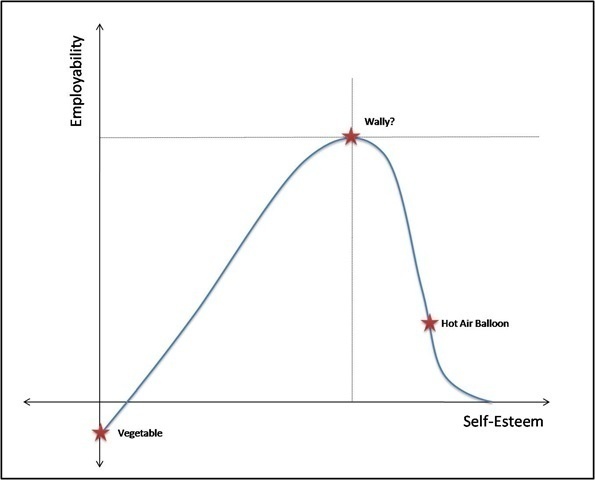Yesterday I met some friends over snacks at Candies (in Bandra, do look it up if you are in the area). A friend of mine has recently switched to work as a manager in a reputed firm, and he was overall happy with his job (work from home and all the perks).
Then he said something which sparked off this post, he said the amount of money the firm wastes in their day-to-day activities is insane. At first it seemed as if he was talking about how the organization has money to spare … but then to drive his point home, he gave examples. Inane but true. A lot of us are willing to put in that extra buck just so that everything that can go wrong won’t.
The design has to be perfect, the models have to be dressed in a certain fashion, the product has to be the best. In creating these spaces, we are de-risking ourselves … that’s what I like to tell myself. But are we?
Is the price of failure so high that we don’t take action and let others do what needs to be done? So what’s the price of failure for different people? For a person who has nothing to loose, its zero. A start-up for example can afford to go in some communities and have it misrepresented … its ok, bygones can be bygones for them. But take a Coca Cola or a Pepsi (not that these are the aforementioned organizations), and you suddenly have to think about ten thousand other factors. Not a freeing thought, is it?
Would it help if one could see the price of failure as zero?




